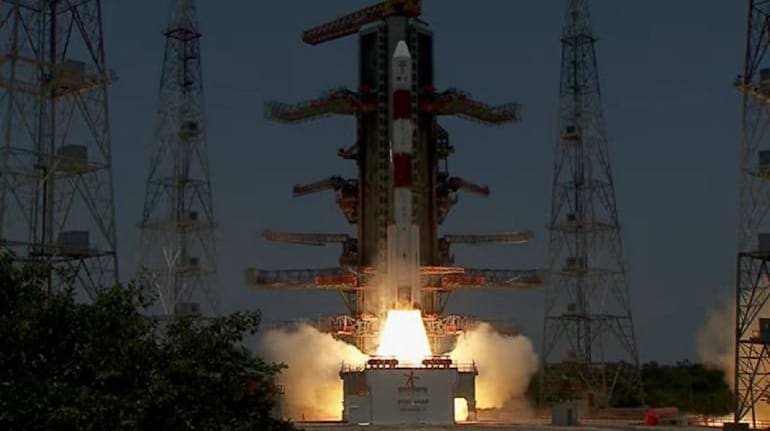



India successfully launched its first solar mission after Aditya-L1 lifted off from the Satish Dhawan Space Centre in Sriharikota on September 2. The next big task is to place the solar probe at its designated point in space and in that journey, ISRO will get some help from the European Space Agency (ESA).
The Indian Space Research Organisation wants to place the Aditya-L1 in a halo orbit around Lagrange Point 1, which lies along the Sun-Earth line. The spacecraft will take about four months to reach L1, which is 1.5 million kilometres away from Earth and about 148.5 million kilometres from the Sun. Read here
The ESA will provide deep space communication services to the mission. “For the Aditya-L1 mission, we are providing support from all three of our 35-metre deep space antennas in Australia, Spain and Argentina, as well as support from our Kourou station in French Guiana and coordinated support from Goonhilly Earth Station in the UK,” Ramesh Chellathurai, ESA service manager and ESA cross-support liaison officer for ISRO, said.
According to the ESA website, communication is an essential part of every space mission. “Without ground station support, it’s impossible to get any data from a spacecraft,” the website quoted Chellathurai as saying. Read here.
ESA’s global network of deep space tracking stations and use of internationally recognised technical standards allows it to help its partners track, command and receive data from their spacecraft almost anywhere in the solar system, he said.
Track our live blog for the latest on Aditya-L1 launch
From April to December 2022, ESA and ISRO worked together to evaluate the Indian agency’s strategy for operating Aditya-L1.
“With its experience flying and even rescuing missions at the Lagrange points, ESA was in the perfect position to help ISRO improve their new orbit determination software and demonstrate that it has the fidelity and accuracy that the organisation needs in order to operate a spacecraft at a Lagrange point for the first time,” ESA flight dynamics expert Frank Budnik said.
Lagrange Points, named after Italian-French mathematician Joseph Louis Lagrange, are locations in space where the gravitational forces of two celestial bodies such as the Sun and the Earth are in equilibrium. This allows a spacecraft to remain in a fixed position with minimal fuel consumption.
Discover the latest Business News, Sensex, and Nifty updates. Obtain Personal Finance insights, tax queries, and expert opinions on Moneycontrol or download the Moneycontrol App to stay updated!
Find the best of Al News in one place, specially curated for you every weekend.
Stay on top of the latest tech trends and biggest startup news.